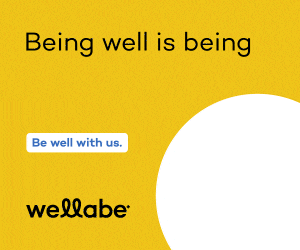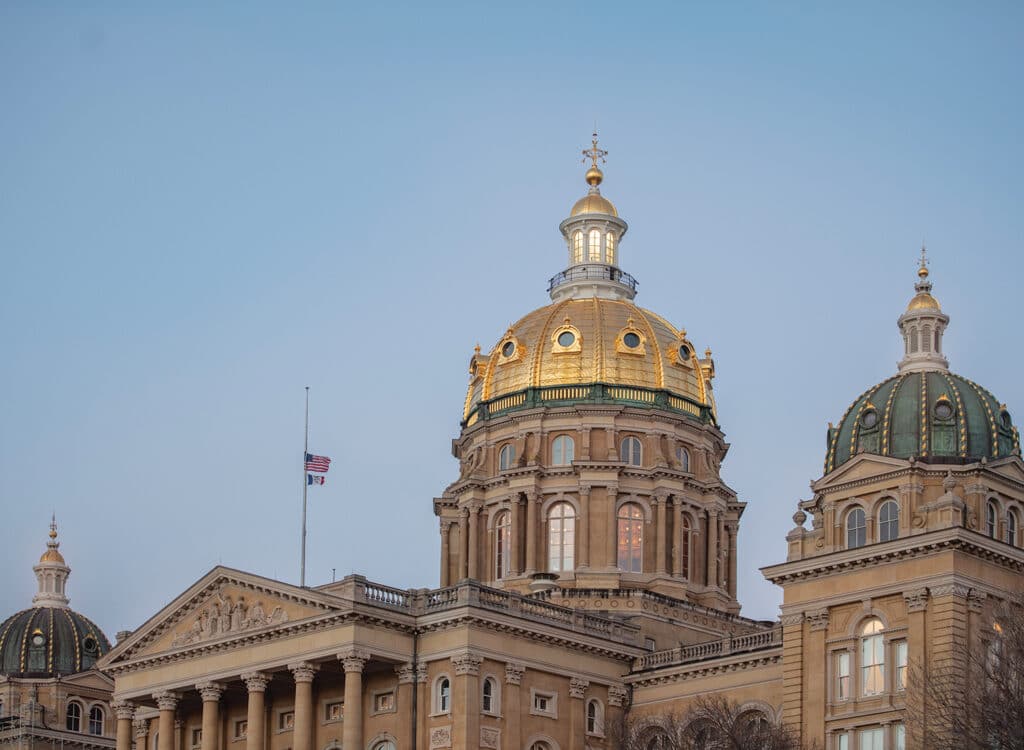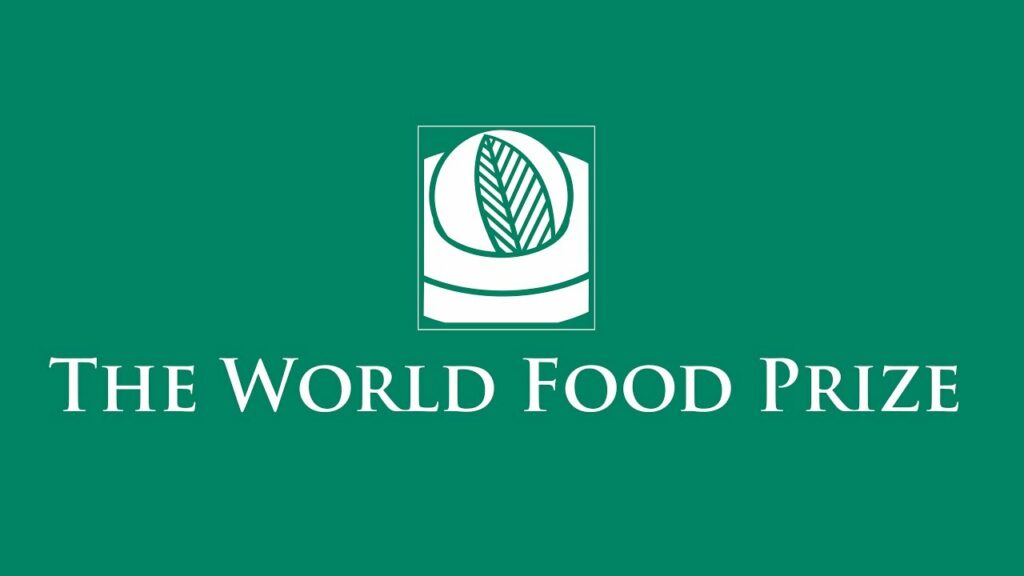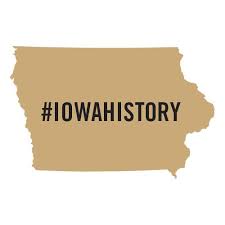Iowa’s women-led households struggle financially

More than 70 percent of female-headed households in Iowa are struggling to achieve economic self-sufficiency, according to a new report.
That was among several findings released in the 2016 She Matters report, which focuses on economic self-sufficiency for women and girls in Iowa. The 2016 report, released by the Iowa Women’s Foundation (IWF) in partnership with several other organizations that make up the Iowa Women’s Leadership Project, is a follow-up to the “She Matters: 2015 Issues and Actions” report released last year, and a 2012 report titled “Status of Women and Girls in Iowa.”
In an effort to understand how the IWF might positively influence the economic self-sufficiency of women and girls in Iowa, the organization held focus groups in 18 communities across Iowa during summer 2015. Partners from local community nonprofits, educational institutions, businesses and IWF grant recipients were invited.
These focus groups brought together 307 community leaders recognized for their work with women and girls to discuss issues facing women and girls in the state.
The 2016 report sheds light on these issues and key barriers faced by women who head their households. The most pressing barriers were determined by how frequently the barrier or challenge was mentioned.
Top barriers identified include:
- Employment.
- Childcare.
- Housing.
- Education/Training.
- Transportation.
- Mentors.
Based on the barriers and challenges identified within each community, the analysts also identified recurring commonalities. These commonalities are generally action categories that individuals or organizations could implement to address the community-based barriers and challenges.
Those themes are:
- Flexibility. Identified as critical in facilitating a woman’s pathway to self-sufficiency within a number of the established institutions.
- Awareness/knowledge. Focus group participants noted that women are not aware of available resources and options or how to access and navigate the networks.
- Empowerment. When women and girls do not have confidence or feel good about themselves, it is difficult to generate strength or the perception that they are empowered to improve their situations.
- Generational poverty. People learn from what they see and experience. In order to help women, young girls must be helped, too.
In response to the data, the Iowa Women’s Foundation identified several action steps to improve the economic self-sufficiency of the women and girls in Iowa. To read about the action steps, and to see the full 2016 report, visit the Iowa Women’s Foundationwebsite.









